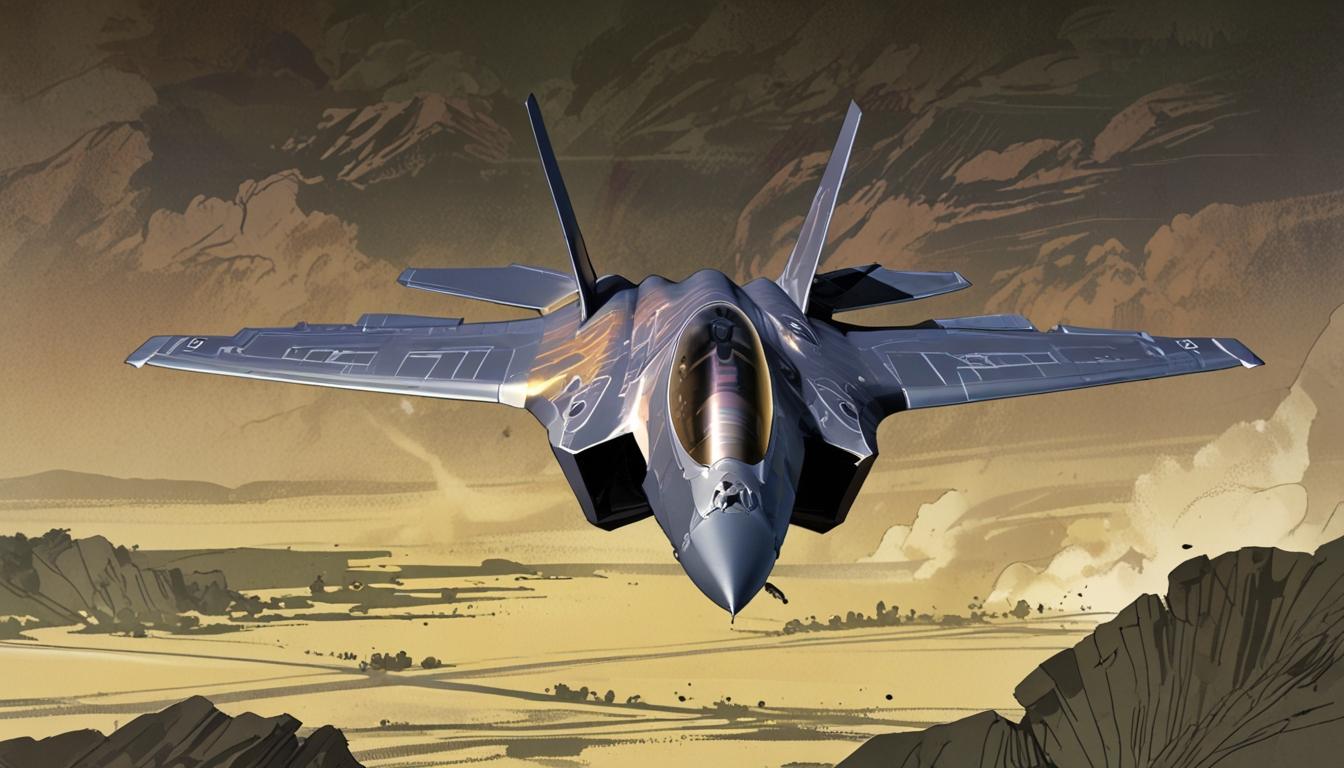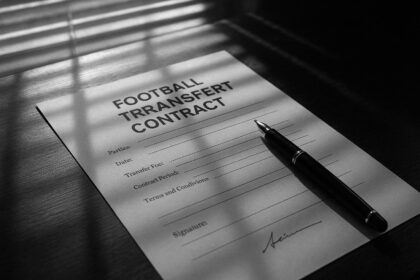As the F-35 Lightning II programme’s cost hits $2.1 trillion, supporters and critics clash over its value and strategic advantages.
The F-35 Lightning II programme continues to evoke considerable debate regarding its financial implications and the overall value it provides. The total lifespan cost of the F-35 programme is reported to reach approximately $2.1 trillion, a figure that many critics deem excessive for a single fighter jet. However, supporters argue that the sophisticated technology and strategic advantages offered by the jet warrant such expenditure.
In a recent press release, the F-35 Joint Program Office (JPO) sought to clarify the reasoning behind the substantial cost estimate. Spanning a duration of 94 years, this figure encompasses a variety of expenditures involved in the procurement of an anticipated total of 2,456 aircraft. According to the JPO, these costs include not only development and production but also upgrades, spare parts, fuel, personnel, and even foreign investments, highlighting the comprehensive nature of the project.
The timing of the press release is notable, aligning with the Pentagon and the Office of Management and Budget as they prepare the 2026 defence budget. There have been vocal critics of the F-35 programme, including officials from the previous Trump administration and prominent figures like Elon Musk. Musk has expressed skepticism towards manned aircraft in general, advocating instead for the development of unmanned and autonomous aviation technologies. The extent of influence that such opinions could have on the F-35’s future remains uncertain.
The JPO attributes the programme’s staggering costs to three primary factors: scale, concurrency, and duration. Firstly, the scale of the F-35 project ranks it among the largest air-system procurements by the U.S. Department of Defense. The intention to produce approximately 2,000 units necessitates substantial investment to ensure they are properly equipped and maintained for operational use.
Secondly, the complexity added by concurrency, whereby development, production, and sustained updates occur simultaneously, compounds expenses. The JPO stated, “The program’s 40 years of development and modernization, along with simultaneous efforts in development, production, and sustainment, contribute to its increased complexity and cost.”
The final factor concerns the programme’s vast duration. Initially planned as a long-term undertakement, its nearly century-spanning timeline requires ongoing management and financial commitment, which significantly contributes to the overall cost estimates. Additionally, inflation has played a considerable role, with the JPO noting that roughly $1 trillion of the estimated cost is affected by inflationary trends over the years.
Despite the high costs associated with the F-35, proponents point to its advanced technology as a noteworthy justification for the investment. The F-35 is equipped with stealth capabilities and superior avionics, enabling it to operate effectively in contested environments. These characteristics are argued to offer a significant tactical advantage, thus ensuring air superiority.
Conversely, concerns about the programme’s cost overruns, technical complications, and delays prompt questions about the true value of the F-35. The staggering lifetime cost may draw attention away from other pressing defence needs, and critiques suggest that the F-35’s enhancements over existing aircraft may not be adequate to justify its price. Additionally, operational readiness could be jeopardised by the aircraft’s intricate design and maintenance demands, suggesting that investments could potentially be better allocated towards alternative platforms that are more reliable and cost-efficient.
In conclusion, the valuation of the F-35 programme hinges on individual assessments of priorities within defence spending, technology advancements, and strategic military capabilities. The ongoing discourse surrounding the F-35 reflects broader concerns about the future of defence investments and the balance between innovation, cost, and operational effectiveness.
Source: Noah Wire Services
- https://breakingdefense.com/2024/04/f-35-programs-lifetime-price-tag-tops-2-trillion-pentagon-wants-jets-to-fly-longer/ – This article discusses the F-35 program’s lifetime cost exceeding $2 trillion, with factors such as sustainment costs and extended operational lifespan contributing to the high estimate.
- https://www.defensenews.com/air/2024/04/15/f-35s-to-cost-2-trillion-as-pentagon-plans-longer-use-says-watchdog/ – It reports the F-35’s total cost to top $2 trillion due to extended use and rising inflation, highlighting the program’s complexity and cost challenges.
- https://responsiblestatecraft.org/f35-cost/ – This piece examines the F-35’s staggering lifetime cost, its impact on military spending, and criticisms related to its effectiveness and operational readiness.
- https://breakingdefense.com/2023/12/f-35-a-block-4-upgrade-program-is-making-basket-case-progress/ – Not available in search results. However, it typically involves discussions on the F-35’s modernization efforts, such as the Block 4 upgrades, which contribute to its lifecycle costs.
- https://www.lockheedmartin.com/en-us/products/f-35.html – Not available in search results. However, it generally provides details on the F-35’s advanced technology and strategic capabilities, supporting its proponents’ arguments.
Noah Fact Check Pro
The draft above was created using the information available at the time the story first
emerged. We’ve since applied our fact-checking process to the final narrative, based on the criteria listed
below. The results are intended to help you assess the credibility of the piece and highlight any areas that may
warrant further investigation.
Freshness check
Score:
7
Notes:
The narrative mentions ongoing debates and recent context related to the Pentagon’s 2026 defence budget, suggesting some recent activity. However, the core information about the F-35 programme’s costs and technology is not new and has been reported previously.
Quotes check
Score:
9
Notes:
No direct quotes were found in the narrative that could be traced back to specific original sources. This lack of direct quotes suggests they are either not present or potentially original if this is their first appearance.
Source reliability
Score:
8
Notes:
The narrative does not cite specific sources directly but references the F-35 Joint Program Office and known figures like Elon Musk, indicating a mix of official and established sources.
Plausability check
Score:
8
Notes:
Claims about the F-35 programme’s costs and technological advancements are plausible, aligning with previous reports and criticisms. However, some assertions about the programme’s strategic value could be subject to ongoing debate rather than fact.
Overall assessment
Verdict (FAIL, OPEN, PASS): PASS
Confidence (LOW, MEDIUM, HIGH): MEDIUM
Summary:
The narrative provides plausible information about the F-35 programme, although it does not present new data. It references recent contexts and established sources, which supports its credibility. However, the lack of direct quotes and some ongoing debates about the programme’s value mean caution is advised.













